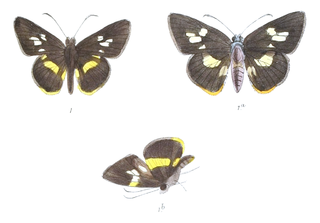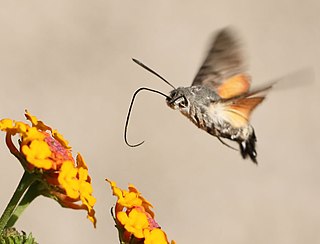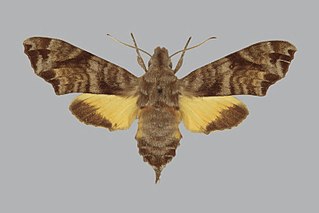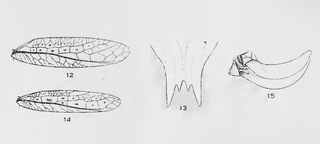
Buddleja is a genus comprising over 140 species of flowering plants endemic to Asia, Africa, and the Americas. The generic name bestowed by Linnaeus posthumously honoured the Reverend Adam Buddle (1662–1715), an English botanist and rector, at the suggestion of Dr. William Houstoun. Houstoun sent the first plants to become known to science as buddleja to England from the Caribbean about 15 years after Buddle's death. Buddleja species, especially Buddleja davidii and interspecific hybrids, are commonly known as butterfly bushes and are frequently cultivated as garden shrubs.

Gekko is a genus of Southeast Asian geckos, commonly known as true geckos or calling geckos, in the family Gekkonidae. Although species such as Gekko gecko are very widespread and common, some species in the same genus have a very small range and are considered rare or endangered.

Salamandridae is a family of salamanders consisting of true salamanders and newts. Salamandrids are distinguished from other salamanders by the lack of rib or costal grooves along the sides of their bodies and by their rough skin. Their skin is very granular because of the number of poison glands. They also lack nasolabial grooves. Most species of Salamandridae have moveable eyelids but lack lacrimal glands.

The Asiatic salamanders are primitive salamanders found all over Asia, and in European Russia. They are closely related to the giant salamanders, with which they form the suborder Cryptobranchoidea. About half of hynobiids currently described are endemic to Japan.

Celaenorrhinus is a genus of skipper butterflies which are commonly termed sprites. An alternate name is flats, for their habit of holding their wings flat when resting, but this is also used for related genera. They are the type genus of tribe Celaenorrhinini.
Hypoaspis is a genus of mites in the family Laelapidae.

Paramesotriton, also known as warty newts or Asian warty newts, is a genus of salamanders in the family Salamandridae. The genus is found in southwestern and southern China and in northern Vietnam. Most of the species are endemic to China, and the majority of them have been described recently, since 2008. The genus includes both pond and stream dwellers.

Lotongus is a genus of grass skippers in the family Hesperiidae. The genus is confined to the Indomalayan realm.

Macroglossini is a tribe of moths of the family Sphingidae described by Thaddeus William Harris in 1839.

Micracosmeryx is a monotypic moth genus in the family Sphingidae first described by Rudolf Mell in 1922. Its only species, Micracosmeryx chaochauensis, described by Benjamin Preston Clark in 1922, is known from southern China and northern Vietnam.

Haemogamasus is a genus of mites in the family Haemogamasidae. In North America, they mostly infect rodents, in addition to other small mammals such as shrews, talpids, and Virginia opossums.

Pestalotiopsis is a genus of ascomycete fungi in the Sporocadaceae family. Pestalotiopsis species are known as plant pathogens.
Eviphididae is a family of mites in the order Mesostigmata.

Caloptilia is a genus of moths in the family Gracillariidae.
Cyclosia pieridoides, the False Idea Moth, is a moth in the family Zygaenidae. It was described by Francis Walker in 1862. It is found in Asia.

Stictophaula is a genus of Asian Tettigoniidae of the tribe Holochlorini within the subfamily Phaneropterinae. They are found in Indo-China, China, and Malesia.













